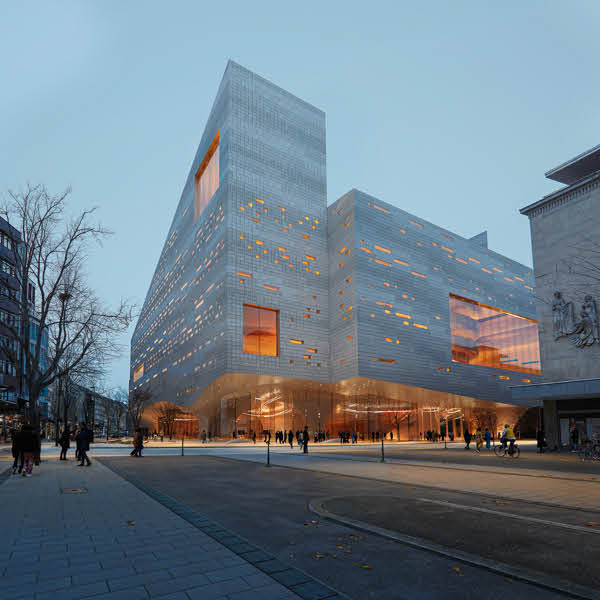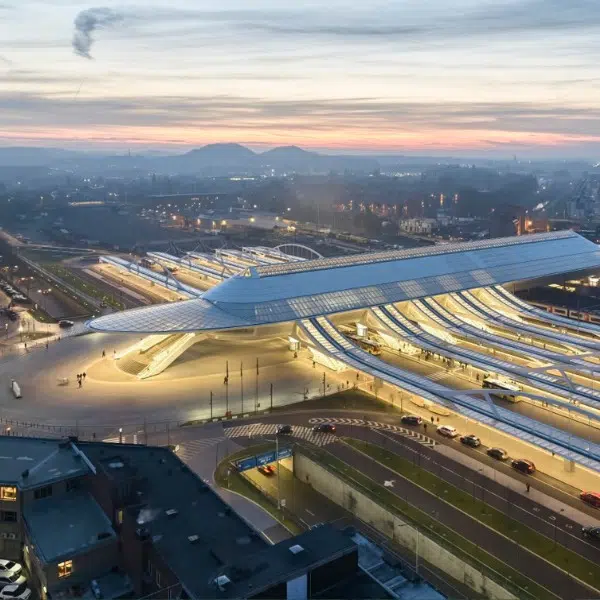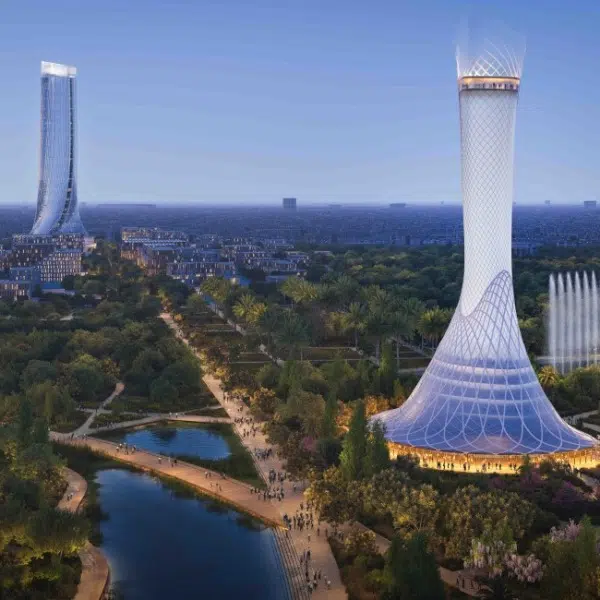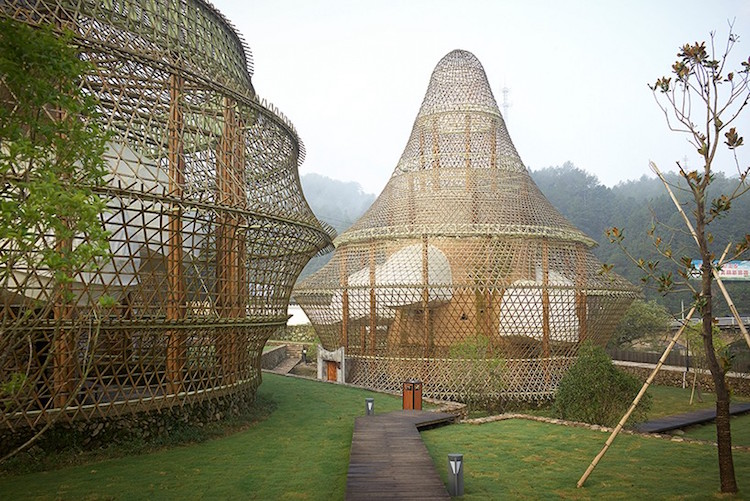
Youth Hostel / Design Hotel by Anna Heringer.
Celebrating bamboo as a construction material, the first International Bamboo Architecture Biennale took place in the small village of Baoxi, China in 2016. The mainly agricultural mountain village is located twelve hours from Shanghai and is now home to these incredible structures designed by twelve international architects.
These images, shot by photographer Julien Lanoo, give a sense at how the bamboo buildings blend into the community as permanent structures. “For centuries, bamboo was used in these rural communities in many different ways,” Lanoo tells us via email. “A construction material with many qualities, it has or is disappearing quickly on the Chinese mainland in favor of concrete. The fast and vast expansion of new Chinese cities overruled many traditional ways of building.”
Instead, the Bamboo Biennale demonstrates that contemporary architecture and traditional materials are not mutually exclusive. Among the buildings are a youth hostel, ceramics museum, and bamboo bridge. This contemporary cluster of architecture is an innovative way to renew the village, giving something back as well as adding value in the form of new tourist destinations.
This engagement with the community and integration of sustainable materials is part of what drew Lanoo to the site. “After the Biennale, this will become a visitors center, hotel and lodge and learning center. A new lifeline for the village, attracting outsiders, for its peace and quiet, and its representation of the roots of Chinese culture and the importance and beauty of bamboo. Within these photo series, my main goal was to reflect this context. The incorporation within this valley landscape and the link to its community that embraced it.”
The first International Bamboo Architecture Biennale will leave behind twelve permanent structures in the small mountain village of Baoxi in China.

Bridge by Ge Quantao.
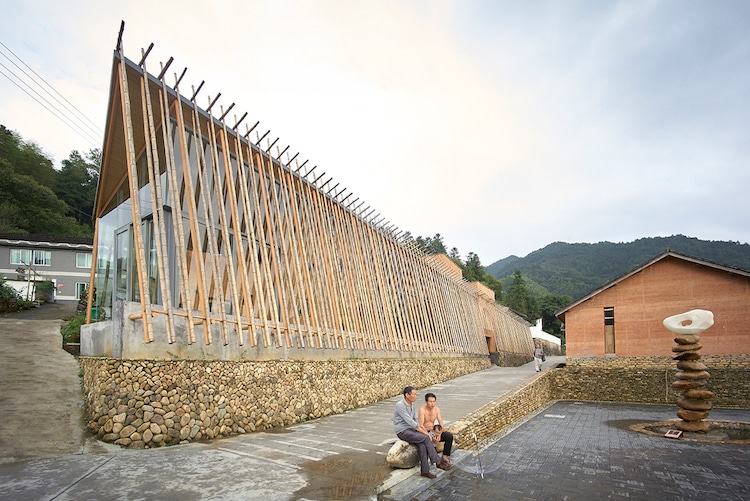
Invited ceramist workshop by Keisuke Maeda
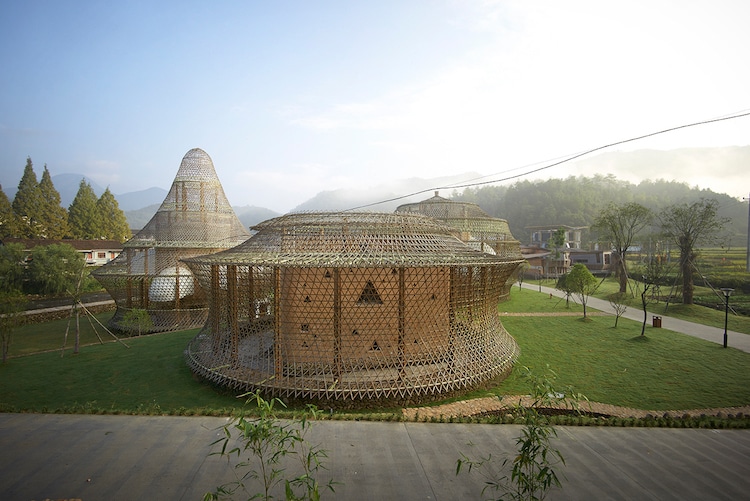
Design hotel by Anna Heringer.
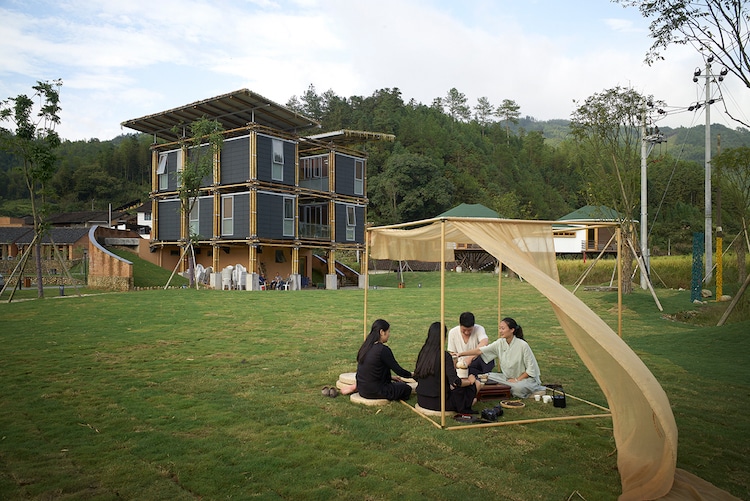
Eco-energy efficient experimental house by Mauricio Cardenas Laverde.
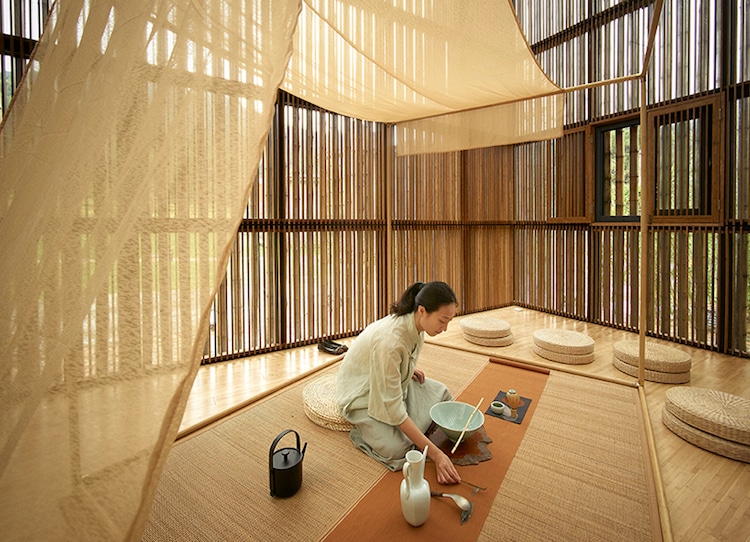
Bamboo product research and design center (interior) by Li Xiaodong.
Twelve different architects from nine countries worked on the Biennale, creating everything from a youth hostel to a ceramic museum.
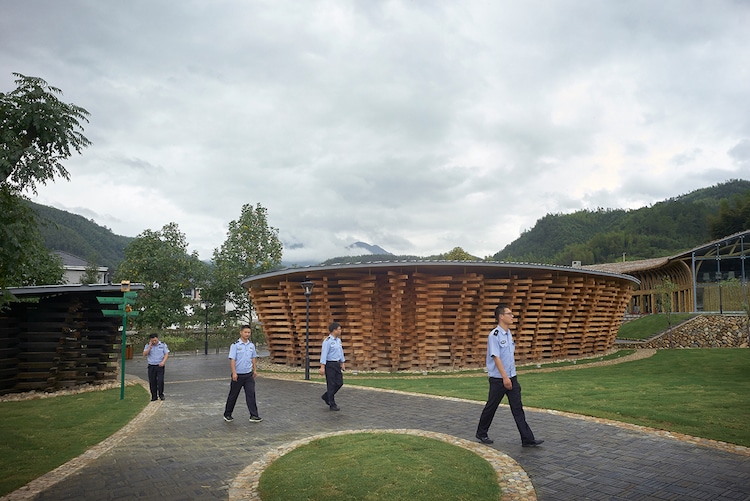
Contemporary celadon ceramic museum by Kengo Kuma.
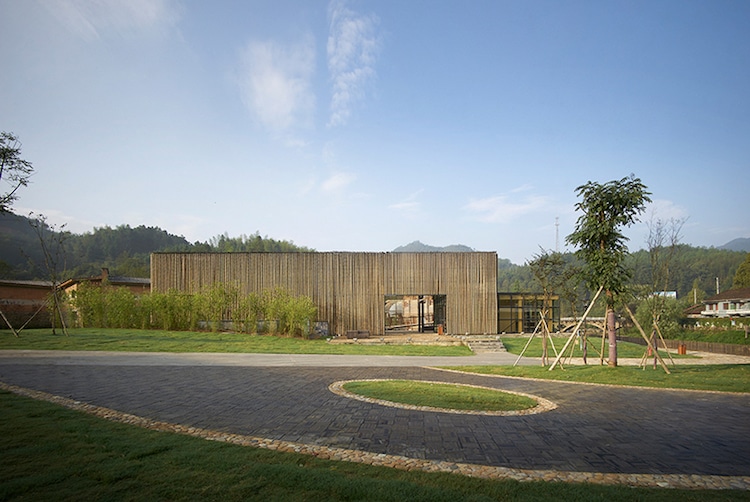
Bamboo product research and design center by Li Xiaodong.

Design hotel by Anna Heringer.
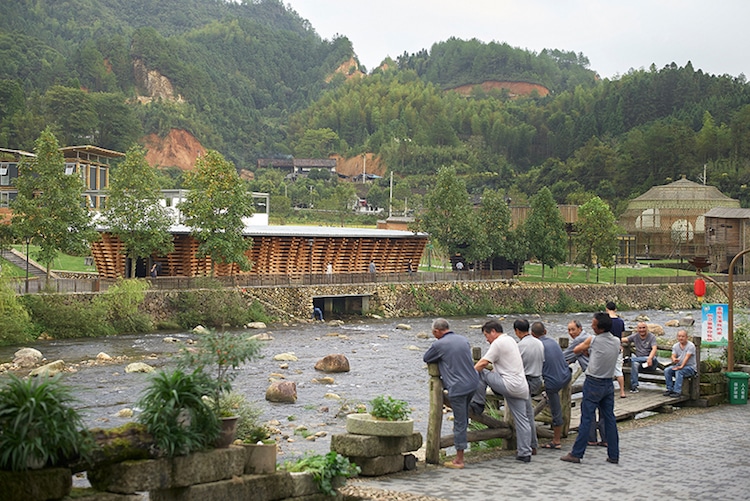
Contemporary celadon ceramic museum by Kengo Kuma.
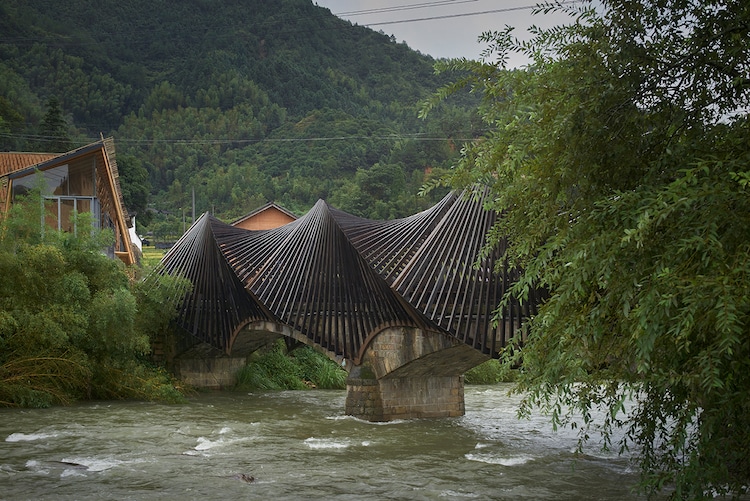
Bridge by Ge Quantao.
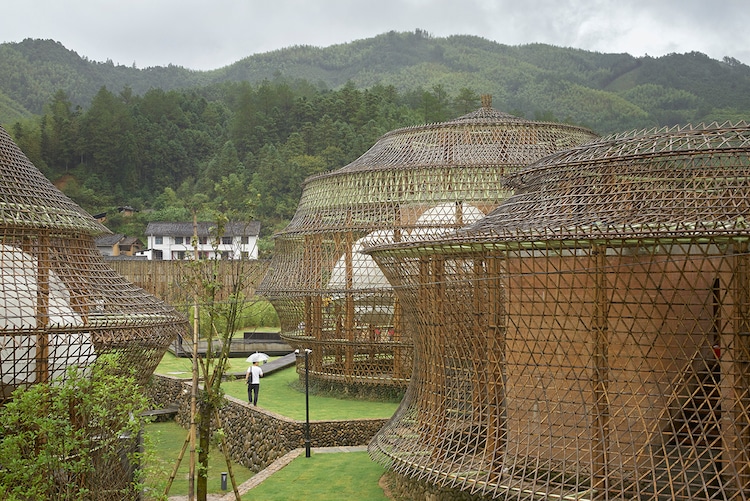
Bamboo has been used in traditional Chinese construction for centuries, but is slowly being phased out in favor of concrete. The Biennale shows what is still possible with this sturdy, eco-friendly material.
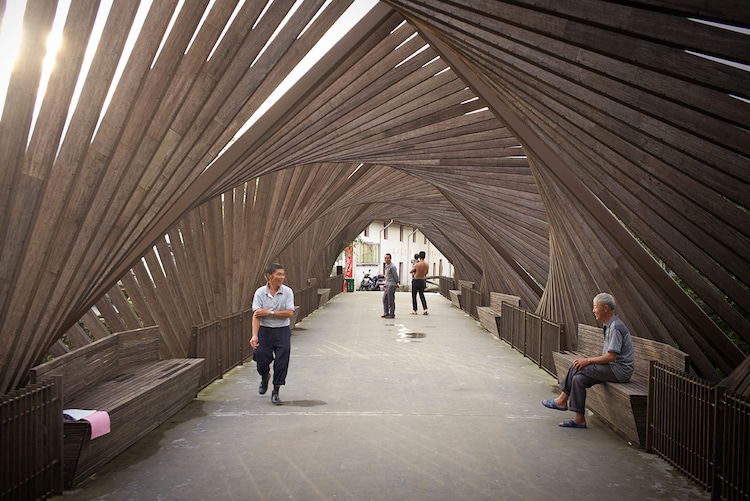
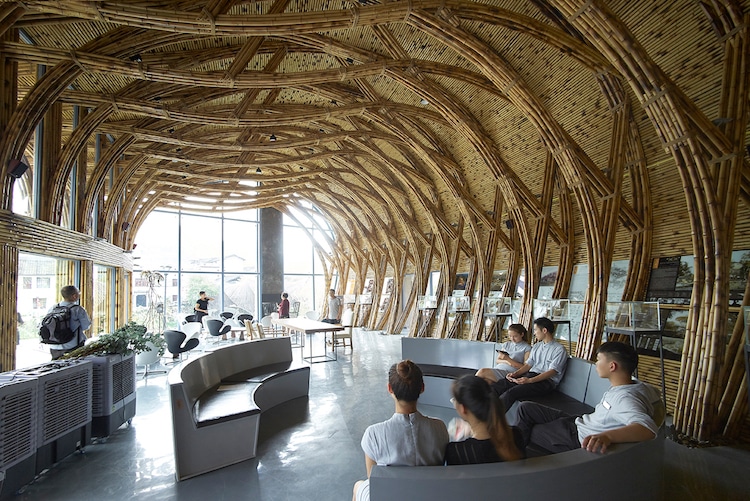
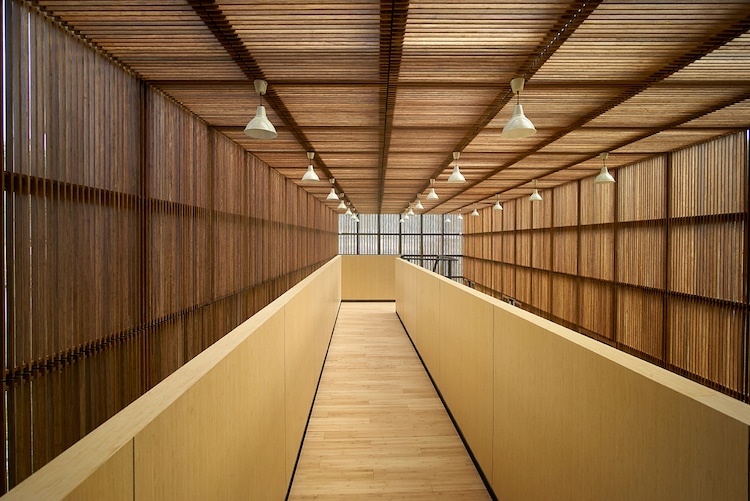
Bamboo product research and design center (interior) by Li Xiaodong.
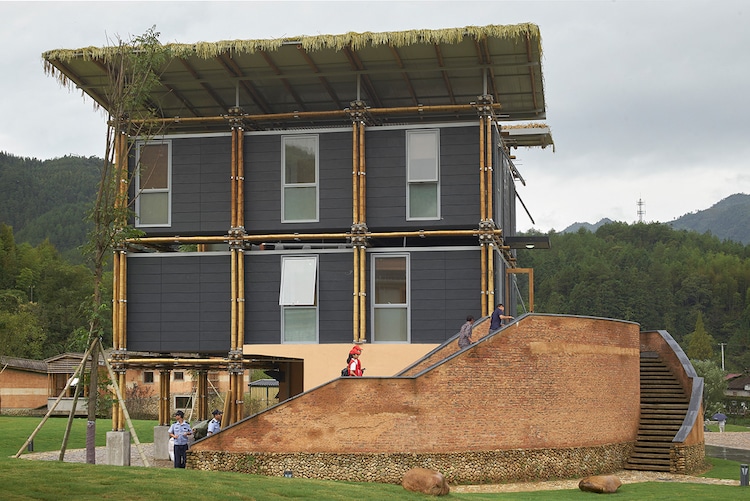
Eco-energy efficient experimental house by Mauricio Cardenas Laverde.

Youth hostel (interior) by Anna Heringer.

Design hotel by Anna Heringer.
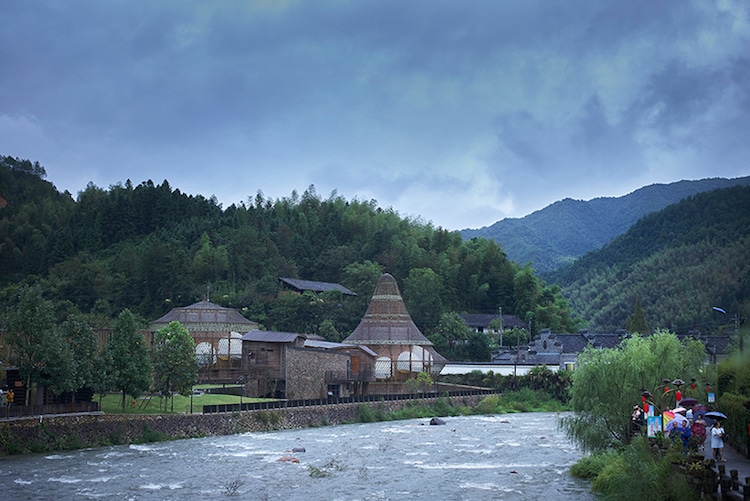
International Bamboo Architecture Biennale: Website











































































